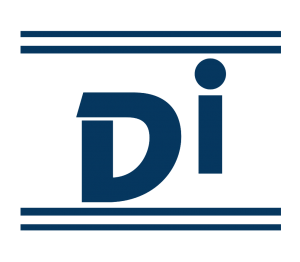Laser cleaning: A holy grail for industrial cleaning applications
Laser cleaning is an environment-friendly process altogether. It can be utilized to effectively remove contaminants from the surface of metals. Given its accuracy and efficacy, it is being increasingly used for a wide range of applications, serving a number of industries. Laser cleaning is done using a pulsed-fiber laser over the traditional methods of cleaning that are highly tedious. Rust removal for example is highly time and manpower consuming.
Laser cleaning- A cost-effective solution
Manual removal of oxides on the other hand can be hazardous, given the involvement of direct contact with the chemical substances. Dealing with such problems in manufacturing and production can come with high costs, however, laser cleaning is changing this notion by being a highly cost-effective solution in itself for reducing the requirement of maintenance and high cleaning times. Laser ablation is a phenomenon that occurs when a coating or the layer of a material is removed employing a laser beam. This is the major process occurring behind all the applications of laser cleaning.
The ablation threshold
Laser rust removal from the surface of steel is an example of laser cleaning. There is an ablation threshold for all materials. Laser cleaning helps differentiate between materials while trying to remove an undesirable layer from a particular object. The selection of material to be removed becomes easier, given a considerably high difference of ablation threshold between materials. Additionally, fiber-laser cleaning systems can remove the undesired layers on the top of materials utilising two distinct methods.
A safe solution
The laser beam light can either be pulsed or a continuous light wave. The results using both types of fiber laser cleaning waves remain almost the same, however the speed of laser removal varies. Lasers utilise no solvents or chemicals which makes laser cleaning of surfaces a safe solution for industrial cleaning purposes. For example, utilisation of laser cleaning in nuclear power plants facilitates effective cleaning of pipes for large-scale projects. Laser cleaning is a no contact technique for cleaning serving the widest range of industrial purposes with the highest accuracy and efficacy.
In the present-day time, the most common applications of laser cleaning include;
1.Welding pre-treatment for the removal of rust and contaminants for a range of materials.
2.Welding post-treatment helps with the removal of oxides from materials such as stainless steel and aluminium.
3.Surface preparation using laser also helps maximise the level of paint adhesion.
Conclusion
Dynotech’s laser cleaning solutions help overcome a number of problems faced for cleaning applications in the industrial sector including automotive, med-tech, biomedical, consumer, solar industry and much more.



